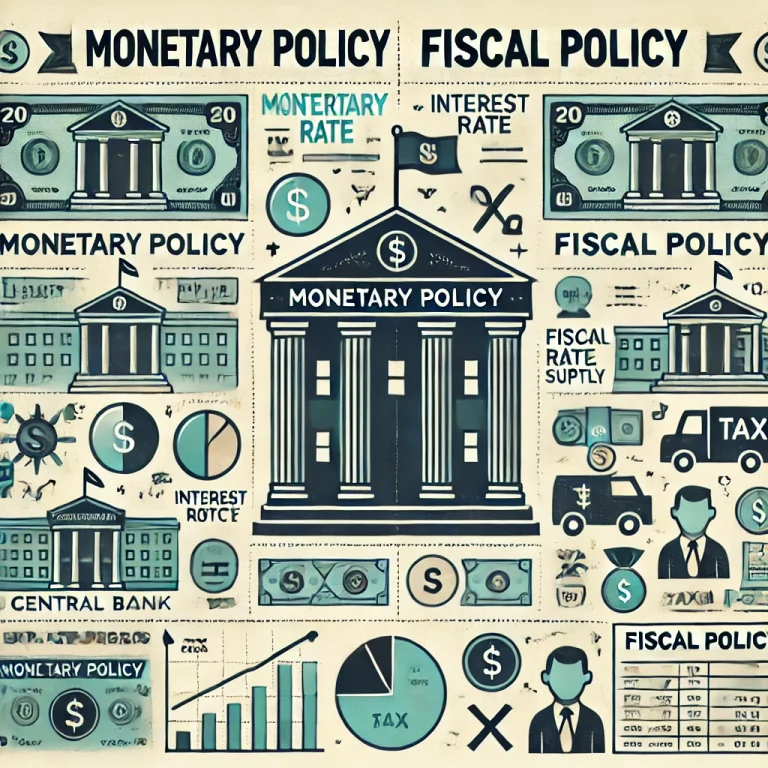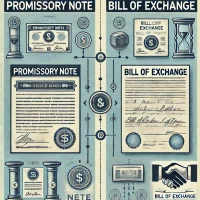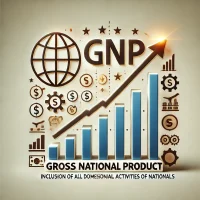Monetary policy and fiscal policy are the two basic tools that are used by governments and central banks to control the economy, curb inflation, and stabilize currency. They are two quite distinct instruments in terms of approach, objectives, and effect, although they share a common objective: economic stability and growth. To address the various types of economic levers and mechanisms used by the government to regulate fluctuations in the economy, levels of employment, and price stability, it is first important to differentiate between the two levers.
Monetary Policy vs Fiscal Policy: Key Differences
The main difference between monetary policy and fiscal policy is who undertakes them, how they are undertaken, and the impact on the economy. Monetary policy is mainly controlled by a country’s central bank, such as the RBI. Fiscal policy, on the other hand, is managed by the government. Differences between monetary policy and fiscal policy are summarized in the table below:
| Feature | Monetary Policy | Fiscal Policy |
|---|---|---|
| Implementing Authority | Central Bank (e.g., RBI) | Government (e.g., Ministry of Finance) |
| Main Tool | Interest rates, reserve requirements, open market operations | Taxation and government spending |
| Primary Focus | Control inflation, stabilize currency, regulate money supply | Stimulate economic growth, reduce unemployment, and increase equity |
| Short-Term Effect | Directly impacts inflation and interest rates | Affects overall economic demand and job creation |
| Long-Term Effect | Aims to maintain currency stability and moderate inflation | Seeks to ensure sustainable growth and reduce fiscal debt |
| Responsiveness | Quicker adjustments by central banks | Slower, influenced by political decision-making |
What is Monetary Policy?
Monetary policy means the policy and action taken by the central bank of any country, for instance, the RBI, in terms of money supply, credit, and the cost thereof so that the economy can be made stable. The ultimate objectives are a low inflation rate with price stability proper employment and a balance of payments. Following are some of the tools for monetary policy:
- Interest Rates: The central bank can raise or lower interest rates to influence borrowing and spending.
- Open Market Operations (OMO): Buying or selling government securities to adjust the money supply.
- Reserve Requirements: Adjusting the reserve ratio that banks must hold, impacts the money they can lend.
- Quantitative Easing: An unconventional policy where the central bank purchases longer-term securities to inject money into the economy.
Role of Monetary Policy in Economic Stability
The use of monetary policy is of utmost importance in controlling inflation and stabilizing the economy. For instance, in the case of inflation, the central bank can raise interest rates to control spending and borrowing, thus reducing the inflationary pressure. During the recession, low interest rates boost borrowing and spending and hence stimulate economic growth.
What is Fiscal Policy?
Fiscal policy is the overall strategy in which the government manages its budget through expenditure and taxation. The aim of using fiscal policy for the economy is to shift the level and composition of taxation and public spending to regulate the economy. The aims are growth in the economy, lowering unemployment, and maintaining an equilibrium economic system.
- Government Spending: Increased spending in public services, infrastructure, and social programs to create jobs and stimulate economic demand.
- Taxation: Adjusting tax rates to influence consumer spending and investment. Higher taxes reduce disposable income, while tax cuts increase it.
- Subsidies and Incentives: Providing financial support or tax benefits to specific industries or sectors to foster growth.
Fiscal Policy’s Impact on Economic Growth
Fiscal policy directly affects aggregate demand, employment, and the allocation of resources. For instance, in the case of a recession, increasing public spending or lowering taxes helps stimulate demand to lift the economy out of a recession. On the other hand, during times of inflation and excessive growth, reduced government spending or increased taxes might help slow down the economy.
Conclusion
The economy uses monetary policy and fiscal policy to regulate and control the economy for sustainable growth. Monetary policy deals mainly with the money supply and its regulation of inflation, whereas fiscal policy has to do with taxation and government spending to ensure aggregate demand management and thus achieve economic stability. However, although separate, often the two must work in conjunction with one another for macroeconomic stability and the sake of economic well-being in any given country.
Monetary Policy and Fiscal Policy FAQs
What is the primary difference between monetary policy and fiscal policy?
The primary difference lies in their focus and implementation. Monetary policy is conducted by the central bank and focuses on money supply and interest rates, while fiscal policy is managed by the government and deals with spending and taxation.
How does monetary policy control inflation?
By adjusting interest rates and the money supply, the central bank can either encourage or discourage borrowing and spending, which directly affects inflation levels.
What is fiscal policy’s role in economic growth?
Fiscal policy uses government spending and tax measures to influence economic activity, helping to boost demand, create jobs, and reduce unemployment, thus promoting economic growth.
Can monetary and fiscal policies be used together?
Yes, they often work in tandem to stabilize the economy. For example, during a recession, the government may increase spending (fiscal policy), while the central bank may lower interest rates (monetary policy).
Who controls fiscal policy in India?
In India, fiscal policy is primarily controlled by the Ministry of Finance in conjunction with other governmental bodies, with the central bank overseeing monetary policy.


